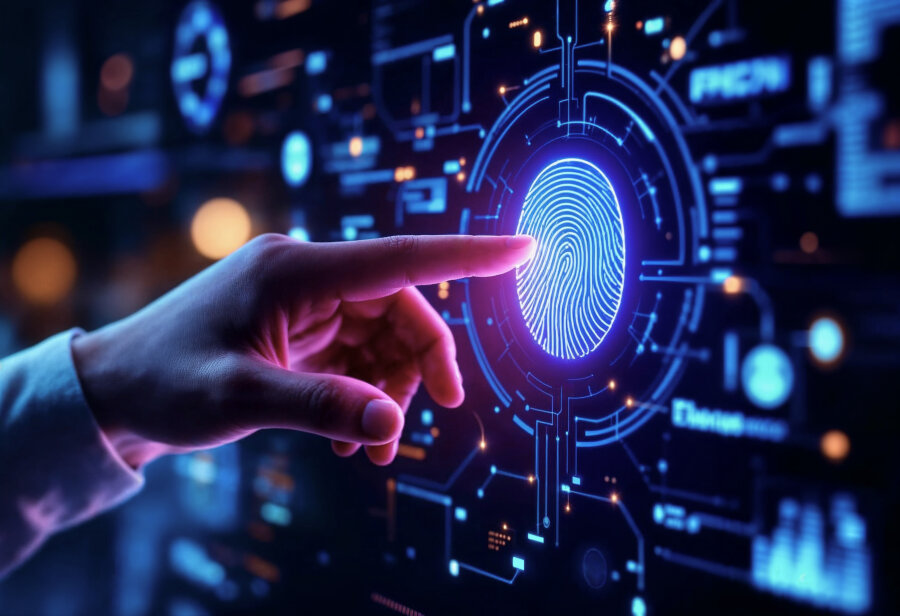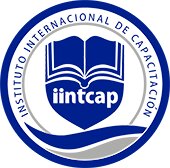Best Art & Cultural Property Law Lawyers in Santiago de los Caballeros
Share your needs with us, get contacted by law firms.
Free. Takes 2 min.
List of the best lawyers in Santiago de los Caballeros, Dominican Republic
About Art & Cultural Property Law in Santiago de los Caballeros, Dominican Republic
Art and Cultural Property Law in Santiago de los Caballeros is a specialized area of legal practice that governs the ownership, protection, transfer, and restitution of artworks, cultural artifacts, and heritage sites. As the Dominican Republic’s second-largest city and a historical hub, Santiago de los Caballeros is home to many significant cultural properties, heritage sites, and thriving artistic communities. The legal framework is shaped by national legislation, international conventions ratified by the Dominican Republic, and local regulations that together aim to preserve the nation’s rich artistic and cultural legacy while supporting the rights of owners, creators, and the public.
Why You May Need a Lawyer
You may require legal guidance in Art & Cultural Property Law for several reasons. Artists, collectors, galleries, museums, and cultural institutions often face complex legal issues concerning the acquisition, sale, and loan of artworks. Individuals and organizations may also need help with copyright or intellectual property disputes, export or import regulations on cultural items, and matters related to the discovery and protection of archaeological finds. Additionally, local and international regulations can affect rights and obligations concerning cultural artifacts, particularly in cases of restitution, repatriation, or when defending against illicit trade. A qualified lawyer can help navigate these complexities, ensure compliance with relevant laws, and protect your interests.
Local Laws Overview
The Dominican Republic has enacted specific laws to protect its cultural heritage and regulate the art market. Key pieces of legislation include Law No. 41-00 concerning the protection of national cultural heritage, which aims to safeguard tangible and intangible assets of cultural value. Law No. 318-98 addresses the protection and restitution of objects of cultural value. There are also criminal penalties for illicit trafficking or export of protected cultural property without proper authorization.
Santiago de los Caballeros, being a site of historical significance with museums, colonial architecture, and archaeological sites, also falls under the jurisdiction of municipal ordinances that may further restrict modifications, sales, or exports of cultural assets. The country is a party to UNESCO conventions, including the 1970 Convention on the Means of Prohibiting and Preventing the Illicit Import, Export and Transfer of Ownership of Cultural Property, which influences local policy and enforcement.
In practice, obtaining permission for export of art or archaeological artifacts, resolving disputes over ownership, and complying with copyright regulations are common areas where the law specifically applies.
Frequently Asked Questions
What qualifies as cultural property in the Dominican Republic?
Cultural property includes artworks, archaeological objects, documents, and monuments that are deemed to have historical, artistic, scientific, or spiritual significance for the nation, as defined by Law No. 41-00 and related legislation.
Can I export art or cultural artifacts from Santiago de los Caballeros?
Exporting art or cultural artifacts of recognized heritage value typically requires a permit from the Ministry of Culture. Unauthorized export is illegal and may result in penalties or the confiscation of the object.
What should I do if I discover an archaeological artifact?
By law, discoveries must be reported immediately to local authorities or the Ministry of Culture. The object generally becomes property of the State, and unauthorized removal or sale is prohibited.
Who owns artworks created by artists in Santiago de los Caballeros?
The creator of an artwork generally holds both the physical and intellectual property rights, unless these rights have been transferred by contract or agreement.
How does copyright law protect artists?
Copyright law grants creators exclusive rights to reproduce, distribute, publicly display, and sell their works, helping to prevent unauthorized use. These rights are automatic upon creation in the Dominican Republic.
Are there legal protections for intangible cultural heritage?
Yes, the law protects not just physical artifacts but also traditions, languages, music, and other expressions of cultural identity, often in line with international conventions UNESCO supports.
How are disputes over cultural property resolved?
Disputes may be addressed through negotiation, mediation, or, if necessary, litigation in court. Local and national authorities, as well as international agreements, may play a role in restitution or repatriation of items.
What is illicit trafficking and what are the consequences?
Illicit trafficking refers to the illegal import, export, or transfer of cultural property without proper authorization. This is a crime under Dominican law, punishable by fines, imprisonment, and forfeiture of the property.
Can I sell inherited cultural property?
The sale of inherited cultural property may be subject to regulations if the item is considered of national heritage. Owners must verify with the Ministry of Culture whether the object can be legally transferred.
Do art galleries and museums have special obligations?
Yes, institutions such as galleries and museums are required to maintain proper records, ensure provenance of collections, comply with acquisition and loan policies, and report any suspected illicit items to authorities.
Additional Resources
Several organizations and government offices are available to assist with legal questions regarding art and cultural property in Santiago de los Caballeros:
- Ministry of Culture of the Dominican Republic - Regulates export permits, heritage registries, and cultural promotions.
- Dirección Nacional de Patrimonio Monumental - Manages and protects monuments and heritage sites.
- Local Law Firms specializing in Intellectual Property and Cultural Heritage - Provide expert legal counsel and representation.
- UNESCO Dominican Republic Office - Offers guidance on international norms related to cultural property.
- Museums and Universities - Resources for research and provenance verification.
Next Steps
If you need legal assistance regarding Art & Cultural Property Law in Santiago de los Caballeros, it is advisable to:
- Gather all relevant documentation related to your case, such as ownership records, contracts, provenance certificates, and any correspondence with authorities.
- Consult with a lawyer or law firm specializing in art law or cultural heritage issues. They can provide advice tailored to your situation, help you understand your rights and obligations, and represent you before authorities or in court.
- Reach out to governmental bodies such as the Ministry of Culture for guidance on permits, registration, or advice concerning your property.
- Engage with local institutions or experts for assistance in authenticating, appraising, or verifying provenance of your artwork or cultural artifact.
Acting promptly and seeking knowledgeable legal guidance is crucial to ensuring your actions are compliant with local laws and that your rights and cultural heritage are protected.
Lawzana helps you find the best lawyers and law firms in Santiago de los Caballeros through a curated and pre-screened list of qualified legal professionals. Our platform offers rankings and detailed profiles of attorneys and law firms, allowing you to compare based on practice areas, including Art & Cultural Property Law, experience, and client feedback.
Each profile includes a description of the firm's areas of practice, client reviews, team members and partners, year of establishment, spoken languages, office locations, contact information, social media presence, and any published articles or resources. Most firms on our platform speak English and are experienced in both local and international legal matters.
Get a quote from top-rated law firms in Santiago de los Caballeros, Dominican Republic — quickly, securely, and without unnecessary hassle.
Disclaimer:
The information provided on this page is for general informational purposes only and does not constitute legal advice. While we strive to ensure the accuracy and relevance of the content, legal information may change over time, and interpretations of the law can vary. You should always consult with a qualified legal professional for advice specific to your situation.
We disclaim all liability for actions taken or not taken based on the content of this page. If you believe any information is incorrect or outdated, please contact us, and we will review and update it where appropriate.











